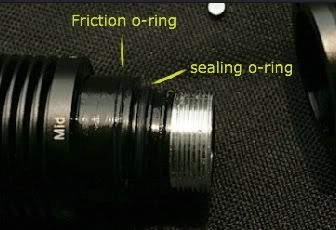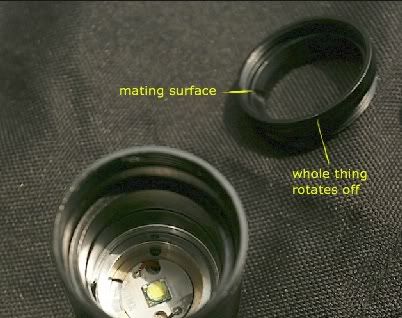Ed Palma
Contributor
The friction o-ring I was referring to was this:

The other is for sealing.
While I think the ideal tool would be one that fits precisely onto the 4 mating surfaces inside the ring, it think any tool that gives good traction on the outside could be used.


The other is for sealing.
While I think the ideal tool would be one that fits precisely onto the 4 mating surfaces inside the ring, it think any tool that gives good traction on the outside could be used.





